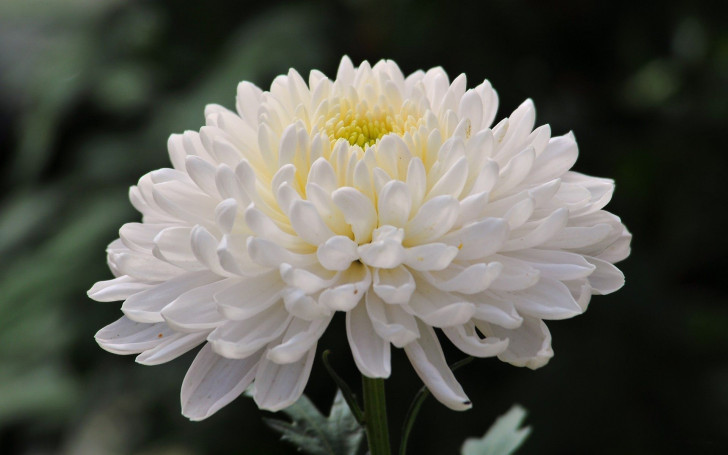In open ground or in pots, chrysanthemums will thrive if you follow these tips

Traditionally associated with the commemoration of the recently departed, the chrysanthemum is a plant of rare beauty, capable of decorating your home and garden for minimal effort. Belonging to the Asteraceae or Compositae family, the chrysanthemum is a plant native to Europe, Africa and Asia. There are over 200 species which are mainly distinguished by the timing and appearance of their flowers.
In the garden or an apartment, a chrysanthemum can uplift the surroundings with its lively colors during the winter months. When choosing a chrysanthemum type, chose a species suitable for cultivation in pots if you want to grow them indoors; other species can be grown in the garden.
Chrysanthemums are also very simple to grow and cultivate and we detail the steps below:
Planting and growing chrysanthemums

Chrysanthemums can be grown in the open ground or in a pot. If you choose the latter, you will need to fertilize it regularly. Choose a medium-large pot since this plant can grow up to 50 centimeters in height. Place clay at the bottom of the pot to ensure good drainage.
In open ground (the garden), place the plant in a sunlit area, but taking care to protect it by placing it in partial shade if your summers are particularly hot and muggy. In winter, chrysanthemums can withstand temperatures close to zero, but it is still preferable to their bases with mulch.
Make sure their soil is always kept moist by watering several times a week during the warmer months but always taking care to avoid water stagnation (which could cause root rot).
Common problems and propagation of chrysanthemums

You can run into several problems in the cultivation of chrysanthemums:
- Dryness of the leaves indicates a lack of water, while poorly developed or stained leaves can indicate a lack/excess of water or nutrients;
- If the plant has excessively long and bare branches, sometimes even appearing to be white, the cause could be a lack of sunlight;
- A lack of sunlight and water also causes buds to fall off before blooming;
- Chrysanthemums can be attacked by various parasites, such as aphids, thrips, cochineal, powdery mildew or gray mold.
If the plant is cultivated properly, however, it is unlikely to develop these problems.
Do you want to propagate your chrysanthemum? You can do this with cuttings: cut off the basal shoots of the plant in February or March, or take a tuft of the roots of a mature specimen in early spring.
Thanks to these tips, your chrysanthemums will thrive!